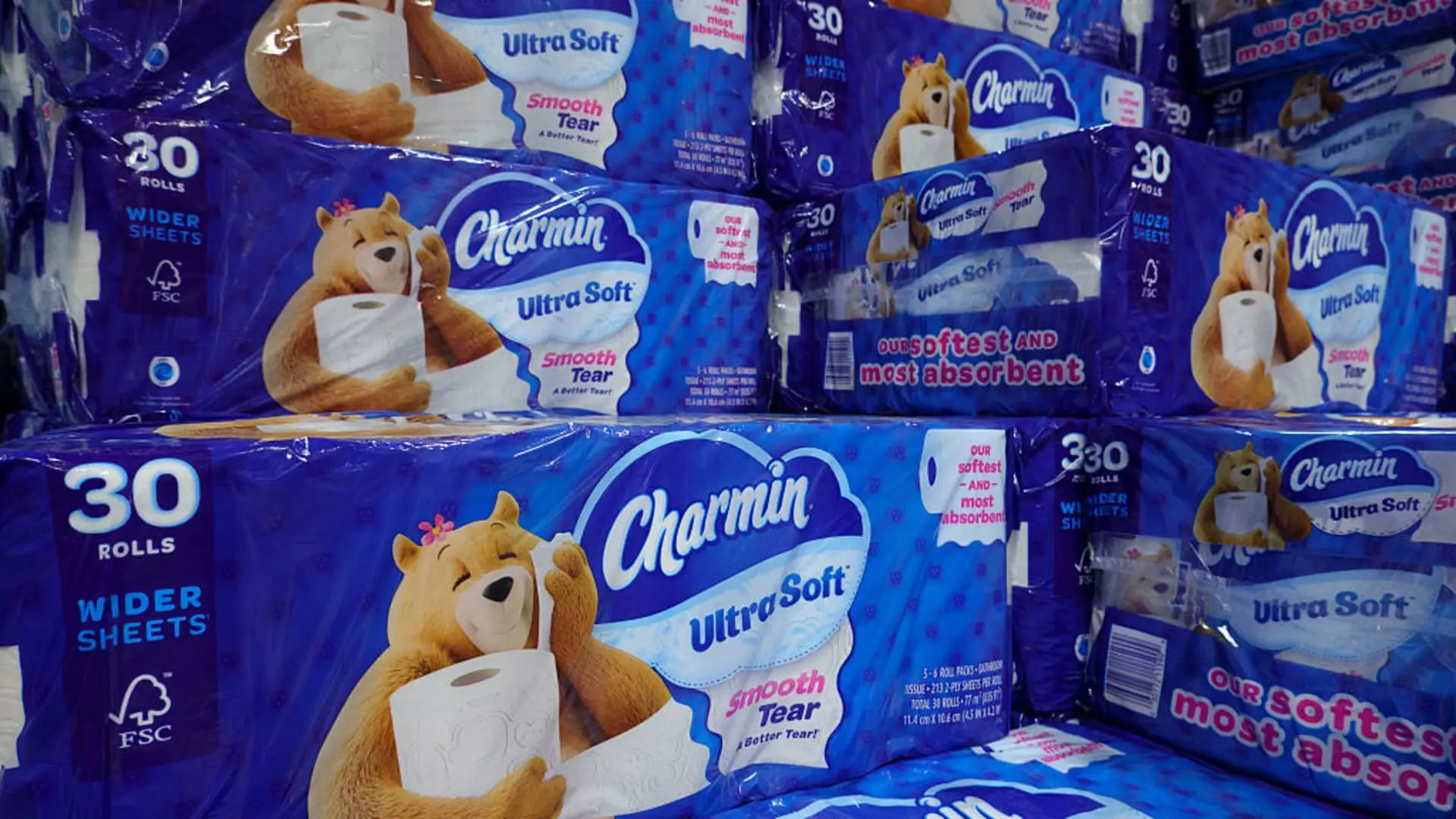In a strategic move that sends shockwaves through the corporate landscape, Procter & Gamble (P&G) has announced the layoff of 7,000 employees, representing a staggering 15% of its non-manufacturing workforce. This decision emerges amid a backdrop of economic turbulence exacerbated by President Trump’s trade tariffs which have instigated price hikes across multiple sectors. With a workforce that totaled 108,000 employees globally as of June 30, one cannot help but wonder: what does this purge mean not just for P&G, but for the broader American job market?
The importance of P&G—a house of brands that includes household staples like Tide and Pampers—cannot be overstated. As America’s largest consumer goods entity, its moves are often harbingers of deeper economic currents that should not be overlooked. The layoffs reveal a disturbing trend: behind the façade of a robust market, weakness lurks, driven by a combination of slowing growth and external pressures. Indeed, a mere 1% increase in organic sales in the company’s North American segment is a harbinger of stagnation, pointing to a consumer market reluctant to spend, entangled in uncertainty and increasing costs.
Tariffs and Their Rippling Effects
The implications of Trump’s tariffs take center stage in this unfolding drama. These protective measures—flagged as crucial for ‘America First’ by the administration—appear to be netting negative consequences for companies like P&G. Far from bolstering local manufacturing and protecting jobs, tariffs have pushed companies to inflate prices, potentially driving consumer loyalty away from household brands. CFO Andre Schulten’s revelation that P&G anticipates a $600 million pre-tax headwind from tariffs by 2026 only underscores the magnitude of this burden. The rhetoric surrounding job protection is exposed as a veneer, beneath which the profit margins of U.S. corporations are being mercilessly squeezed.
The significant cuts planned by P&G can be interpreted not merely as an isolated corporate maneuver, but rather as part of a larger economic narrative. Following suit with tech giants like Microsoft and major coffee chain Starbucks—who have also enacted layoffs—P&G’s job cuts signify the faltering stability of a job market that many thought might weather the storm of global trade tensions. What happens to consumer behavior under such duress? A troubling cycle emerges where layoffs lead to diminished consumer spending, which in turn brands as household staples find themselves grappling with further declines in sales.
A Faltering Path Forward
In the face of these challenges, P&G has signaled an extensive restructuring initiative. The company aims to re-evaluate its product portfolio and even slim down its corporate organization. Yet, amidst this reorganization, one cannot ignore the brewing frustration among employees caught in a whirlwind of corporate profitability over job security. For every corporate strategist proudly discussing restructuring costs in the billions, there lies an equally grim human cost that remains largely unspoken. Those 7,000 individuals, many of them dedicated professionals, will now face an uncertain future.
Moreover, in an increasingly precarious economic environment, investors are wary of the repercussions. While P&G’s stock price may fluctuate—with a minor dip already observed—the fundamental concern is about sustainability. As the S&P 500 showcases modest gains, P&G’s fall behind its peers elucidates a worrying shift: a core American company that once symbolized growth now exemplifies the fragility of the present-day job market. What does this mean for young professionals entering the workforce, or for those who are, like P&G’s soon-to-be-laid-off employees, staring into the void of unexpected unemployment?
As the financial tribulations of P&G ripple outward into a market striving for stability, one must question if the reliance on short-term strategic responses—such as layoffs—can ever pave the way for true economic resilience.

